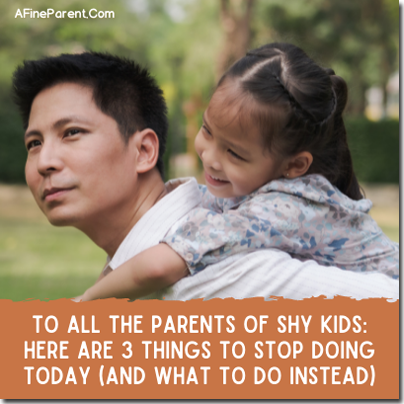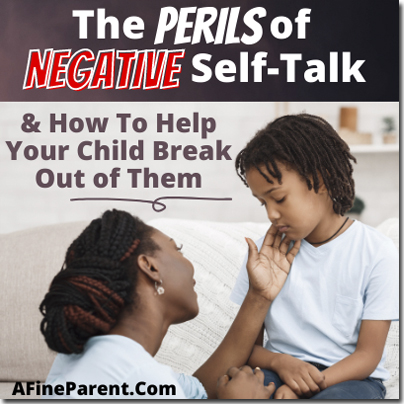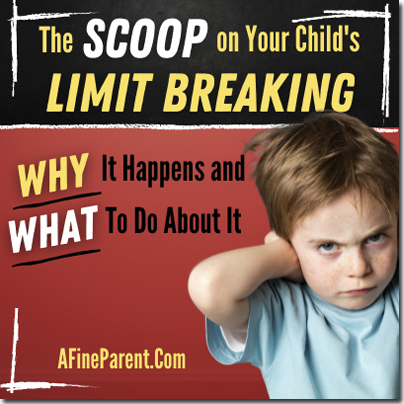 I was a shy kid growing up, evidenced by hilarious home videos at gymnastics or Easter egg hunts, where I would walk hesitantly from station to station or gingerly stroll as I collected a grand total of two eggs.
I was a shy kid growing up, evidenced by hilarious home videos at gymnastics or Easter egg hunts, where I would walk hesitantly from station to station or gingerly stroll as I collected a grand total of two eggs.
While most of the other kids were going wild, being adventurous, and jumping into the action without a care in the world, I preferred to hang near my parents. I would stick close to a comfort person while I assessed the situation and in large groups, I would rather listen than be the one to chime in. I can still be like that now as an adult (although I have, thankfully, long stopped clinging to my parents’ legs).
I still remember situations throughout childhood in which I would overhear other parents say, “Ohh, is she shy?” their voices dripping with sympathy or pity. Every part of my insides would cringe and I would want to disappear.
Fast forward to the present and I now have a two-and-a-half-year-old son who reminds me of the same child I was, clinging to my parent’s leg. He hangs out by my side at birthday parties to assess the situation before jumping in to play with the other kids. As he navigates a playground, I can see him assessing the ins and outs of each slide before taking the dive down.
 Little kids are naturally creative in ways that we may all wish we still were as adults. The young imagination can create games out of thin air: toys come alive to perform rescue operations of the downtrodden or to live their best life in Malibu.
Little kids are naturally creative in ways that we may all wish we still were as adults. The young imagination can create games out of thin air: toys come alive to perform rescue operations of the downtrodden or to live their best life in Malibu. Our children all have days when their whole world seems to be falling apart. Is the universe really going up in smoke? Probably not, but our children may need a lot of help to see that.
Our children all have days when their whole world seems to be falling apart. Is the universe really going up in smoke? Probably not, but our children may need a lot of help to see that. Not too long ago I realized that I had to do something differently when dealing with my child’s limit breaking. After one particularly intense “episode,” I could no longer ignore the fact that I was in a pattern of caving to my daughter’s demands, simply as a means of avoiding
Not too long ago I realized that I had to do something differently when dealing with my child’s limit breaking. After one particularly intense “episode,” I could no longer ignore the fact that I was in a pattern of caving to my daughter’s demands, simply as a means of avoiding  “No.”
“No.”